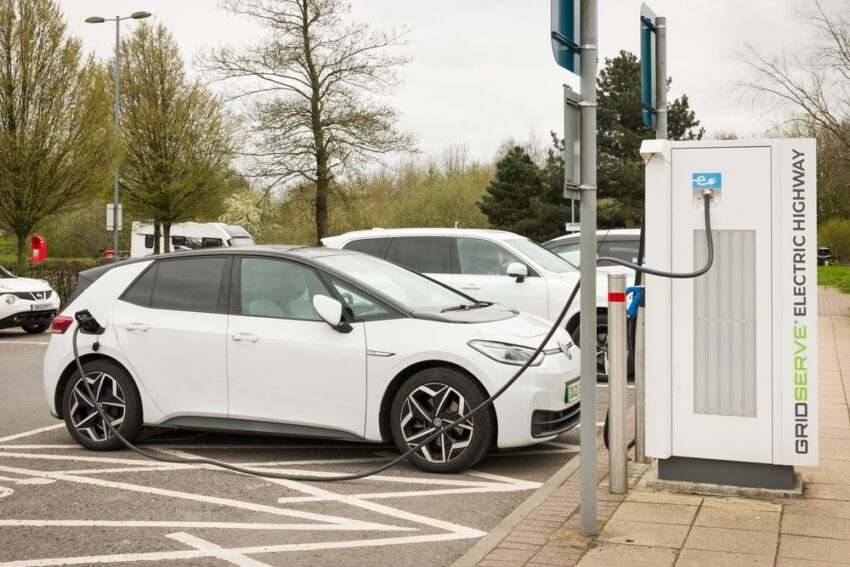Imagine a city where traffic jams are a thing of the past, where air is cleaner, and where getting from point A to point B is as seamless as tapping a button on your smartphone. This isn’t a scene from a sci-fi movie—it’s the future of urban mobility, driven by the convergence of AI and electric vehicles (EVs). As these technologies advance, they’re not just transforming transportation; they’re reshaping urban living as we know it. In this article, we’ll explore how AI and EVs are revolutionizing smart urban mobility, what this means for cities worldwide, and how you can be part of this exciting change.
The Rise of AI in Urban Mobility
AI-Powered Traffic Management
AI is already making waves in urban mobility, particularly in traffic management. Cities like Los Angeles and Singapore have implemented AI-driven traffic systems to optimize traffic flow. These systems use real-time data to adjust traffic signals, reducing congestion and travel time.
- Real-Time Adjustments: AI systems analyze traffic patterns and adjust signals instantly.
- Reduced Emissions: By optimizing traffic flow, these systems decrease idle time, reducing vehicle emissions.
- Improved Safety: Predictive analytics help anticipate accidents, improving response times.
Autonomous Vehicles: The Future of Urban Transport
Autonomous vehicles (AVs) are perhaps the most exciting aspect of AI in mobility. Companies like Tesla and Waymo are at the forefront of this innovation, developing self-driving cars that promise safer and more efficient travel.
- Safety First: AVs reduce human error, which is responsible for 94% of accidents, according to the National Highway Traffic Safety Administration.
- Increased Accessibility: AVs offer mobility solutions for those unable to drive, such as the elderly or disabled.
- Reduced Congestion: With optimized routes and car-sharing models, AVs can significantly reduce the number of vehicles on the road.
The Electrification of Urban Mobility
The Surge of Electric Vehicles
The global shift towards EVs is gaining momentum, with sales expected to exceed 30% of new vehicle sales by 2030, according to Bloomberg Green. This surge is driven by both environmental concerns and advancements in battery technology.
- Sustainability: EVs produce zero tailpipe emissions, contributing to cleaner air in urban areas.
- Cost-Effectiveness: With lower maintenance and fuel costs, EVs are becoming increasingly affordable.
- Battery Tech Advancements: Companies like Tesla and Rivian are leading in battery innovation, offering longer ranges and faster charging times.
Charging Infrastructure: The Backbone of EV Adoption
A robust charging infrastructure is crucial for widespread EV adoption. Governments and private sectors are investing heavily in expanding this network.
- Fast-Charging Stations: Companies like ChargePoint and Ionity are deploying stations that can charge EVs in under 30 minutes.
- Home Charging Solutions: Brands like Wallbox offer convenient home charging solutions, making EV ownership more appealing.
- Smart Charging: AI-driven smart charging systems optimize energy use and reduce costs.
Integrating AI and EVs: A Smart Urban Ecosystem
Smart City Initiatives
Cities worldwide are embracing smart city initiatives, integrating AI and EVs into urban planning. These initiatives aim to create more sustainable, efficient, and livable urban environments.
- Connected Infrastructure: Smart grids and IoT devices enhance energy efficiency and connectivity.
- Mobility as a Service (MaaS): Platforms like Uber and Lyft are evolving into MaaS solutions, offering integrated mobility services.
- Public Transport Integration: AI and EVs are enhancing public transport systems, offering real-time updates and electric buses.
Practical Tips for Embracing Smart Mobility
If you’re looking to be part of this smart mobility revolution, here are some actionable steps:
- Consider an EV: Explore models from Tesla, Hyundai, and Volkswagen for sustainable commuting.
- Utilize MaaS Apps: Use apps like Citymapper for seamless travel planning.
- Stay Informed: Follow news from Electrek and TechCrunch to keep up with the latest in AI and EV advancements.
Conclusion: The Road Ahead
As AI and EVs continue to evolve, they hold the potential to redefine urban mobility, making cities cleaner, safer, and more efficient. This transformation is not only about technology but also about creating more livable urban spaces for future generations. Are you ready to embrace this change? Share your thoughts in the comments or join the conversation on social media. As we look to the future, it’s clear that AI and EVs are not just shaping urban mobility—they’re paving the way for smarter, more sustainable living. Let’s be part of this journey towards a brighter, more connected world.

